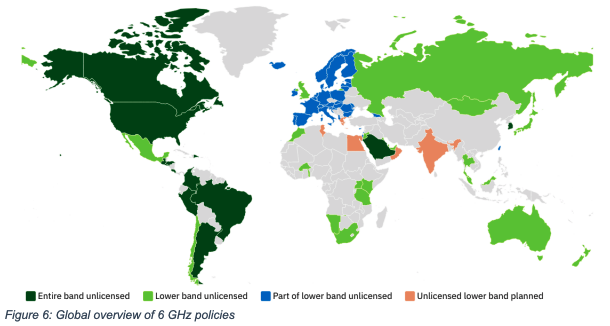The 2024-25 Spectrum Handbook is now live
We've published the latest edition of our easy-to-digest spectrum guide, with new data and updated illustrations and maps.
The handbook includes:
- An overview of spectrum policy approaches in the world’s leading economies
- A breakdown of views from key stakeholders in the telecommunications industry, including mobile operators, satellite firms, equipment vendors and “Big Tech” companies
- Profiles of spectrum bands that are currently used for mobile services and the bands that are being considered for future mobile use
One of the key themes in this year’s handbook is the emergence of the satellite sector as a central area of focus for the four-year study cycle leading up to the next World Radiocommunication ConferenceThe World Radiocommunication Conference (W… (WRC-27). The growing interest in satellite connectivity in the past 12 months is reflected in the number of regulators now considering whether to revise their existing policy frameworks.

Several countries have also been refining their policy approaches for the 6 GHz band. Parts of the upper 6 GHz range were identified at WRC-23 for International Mobile TelecommunicationsInternational Mobile Telecommunications (I… (IMT) in some regions.
The uptake of mmWave spectrum remains lacklustre, though a few awards are set to take place in the coming years. Hong Kong’s decision to award 28 GHz licences without a charge illustrates the industry’s struggle to develop services for the band.
New bands have been introduced to the bands section following the WRC-23 identification process. These include the hotly-debated 6 GHz band and bands between 7 GHz and 15 GHz which are being studied for potential IMT use before the next conference.
Spectrum Research Service subscribers can download the 2024-25 Spectrum Handbook here.
